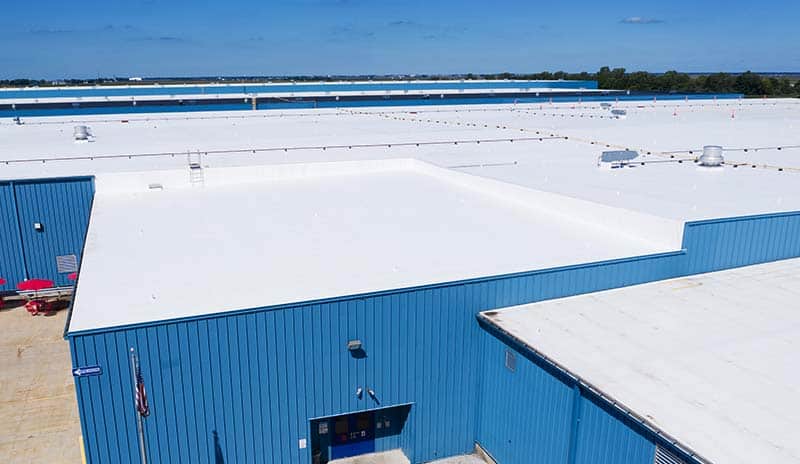How To Choose A Vista Roofing Contractor
Tips for Choosing The Right Roofing Contractor In Vista, CA
A homeimprovement project doesn’t reach perfection until there’s a good roof over the home keeping the residents safe from all weather conditions in Vista, CA. As a result, roofing projects need the right consideration before you invest in them. You need to find a local Vista roofing expert who will handle your roofing projects, whether replacements, repairs or installation.
Here are some tips to help you choose the best contractor for your roofing job in Vista.
Independent Contractors Vs Roofing Companies
When you want to embark on a roofing project, you can either work with a roofing company or an independent contractor. Although you can use either of them to do the job, they have their unique features.
For instance, a Vista roofing company is used to handling all forms of large-scale roofing projects. You can also get a more favorable deal, a faster project, and a roofing warranty when you’re dealing with a good Vista, CA roofing company. However, the process isn’t intimate and personalized, because you will most likely be communicating with different people at different stages.
On the other hand, an independent roofing contractor is a better option when you want to handle a simple and quick job like roof repairs. With an independent contractor, you only need to communicate with one person throughout all the stages. However, the disadvantage of working with an independent contractor is that the job often takes longer to complete. A warranty might also be out of the question or difficult to get.
Share All Roofing Project Details
The best way to get the best job done is to leave everything out in the open and explain all that you need to be done with your roof. That way, the company or contractor will be able to fix the appropriate price, timeframe, and other details associated with your roofing project. You should also have the roofing expert assess the roof and get a clear picture before giving you a quote.
Get a written quote
Always ensure that the quote for your job is written out in detail to avoid misunderstanding and possible hidden costs. Always have written estimates that you can refer to and present if issues arise during the period of the work. Even in the advent of a price change, you can ensure to return to the quote and make the necessary adjustments within the range you had previously set.
The quote should contain all details involved in the roofing project, including the price, breakdown, insurance coverage, and payment plan or agreement.
Have face-to-face meetings
Always have a face-to-face meeting with your potential contractor before you start working together. During this meeting, you can ask vital questions about the project, other projects they have worked on, their work ethic, the communication plan for your projects, and how often they will give status reports during the roofing period. The day your project begins shouldn’t be the first time you meet your contractor, to avoid working with the wrong person.
Agree on a project timeframe
Always ensure that you’re on the same page with your contractor regarding how long the product will span from the beginning to the completion. Decide on the milestones, have an estimated completion date, and factor in the time it’ll take to purchase the necessary products before beginning.
Delays can happen sometimes, so factor in delay periods as well, so that whatever happens, you’re on the same page with your contractor.
Discuss post-project Cleanup
If the company will handle post-project cleaning, you should also factor that into the conversation.
Even if you’re getting another company to handle it, ensure that your roofer can keep to their part of the cleanup strategy, including getting all the dangerous equipment and tools out of the way so that they don’t pose an injury to you and your family. A roofer should have a plan for sweeping through your apartment after the roofing process and then you can take it up from there.
Consider other factors beyond price
Many homeowners focus on getting the best price from a roofing contractor and they base their decision on how much they can save. However, that can be deceiving. While you need to take account of the cost in your quote and how it relates to the national roof installation average cost of $14,360, you also need to consider other factors like experience, references, timeline, work style, and ethics, as well as the nature of the entire project.
Always discuss Licenses and Insurance
Depending on the state where you reside, your roofing contractor may or may not need to be licensed. If a license is required in your state or local government, ensure that the contractor has one. If it isn’t a requirement, then ask for proof of skills and experience, such as previous work that has been done, and training certificates.
Liability insurance is also compulsory because it protects you and your home, in case of issues. Ensure that the contractor you work with has liability insurance.
Always consider references
Whether references on a website or word-of-mouth recommendations from friends and family members who have worked with the roofer, you need people who can vouch for the experience levels and professionalism of your roofing contractor in Vista, CA.
Ask the contractor to give you a minimum of three references who can speak about their job and work ethic based on experience. Reach out to these people and ask questions about the project timeframe, whether they maintained the set budget, and whether or not they were satisfied with the work done.

